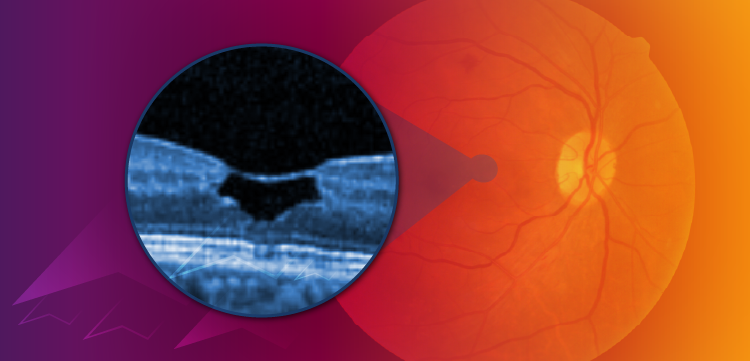
Case 4: How do you explain this tender vesicular eruption?
For 2 to 3 weeks, a 64-year-old woman has had a worsening eruption around her neck and inner thighs. She says it is tender rather than itchy. She has never had a similar eruption, and she denies any exposure history.
Case 4:
For 2 to 3 weeks, a 64-year-old woman has had a worsening eruption around her neck and inner thighs. She says it is tender rather than itchy. She has never had a similar eruption, and she denies any exposure history.
What are you looking at here?
A.
(Answer on next page.)
A skin biopsy with hematoxylin and eosin staining as well as immunofluorescence confirmed the diagnosis of pemphigus vulgaris, D. This autoimmune disease occurs in middle-aged and older patients and usually starts with easily ruptured bullae. It can involve mucous membranes and become quite extensive. Corticosteroids remain the mainstay of treatment with various other immunosuppressive drugs used as steroid-sparing agents.
Impetigo and candidiasis are often confused with pemphigus vulgaris, but cultures as well as a lack of response to antibiotics will rule them out. The presence of bullae, as seen in this patient, excludes factitial dermatitis. Intertrigo would not be erosive unless secondary infection was present.
Newsletter
Enhance your clinical practice with the Patient Care newsletter, offering the latest evidence-based guidelines, diagnostic insights, and treatment strategies for primary care physicians.
















































































































































































































































































































